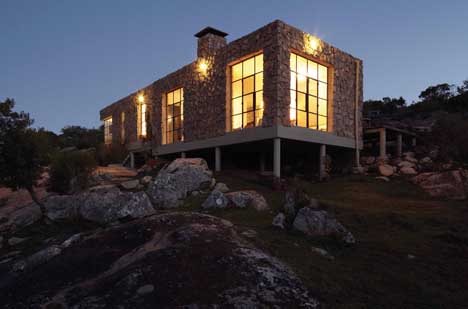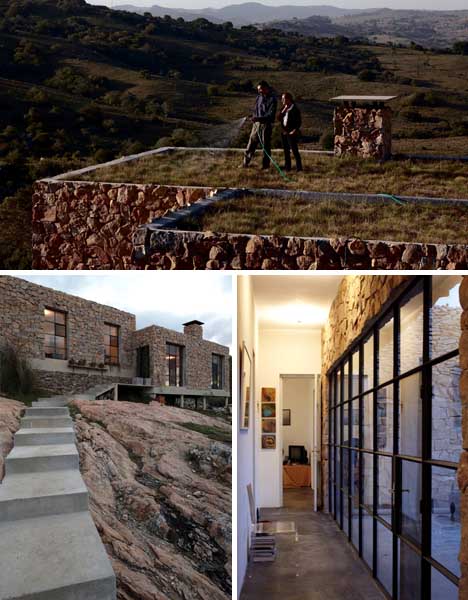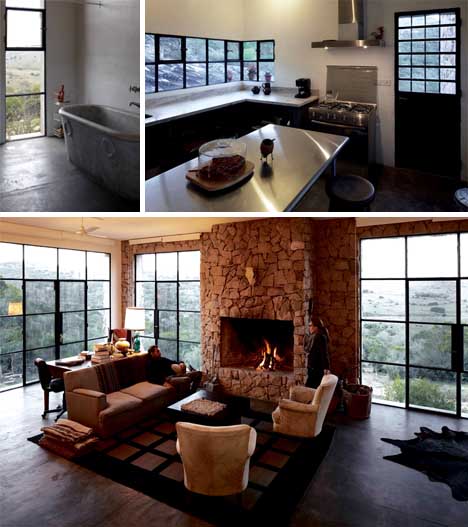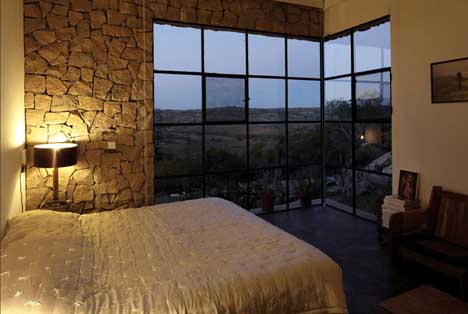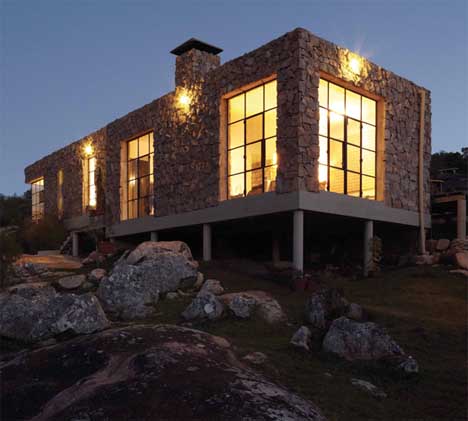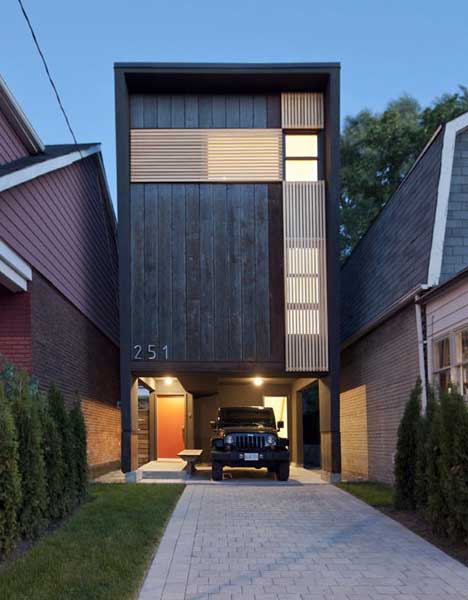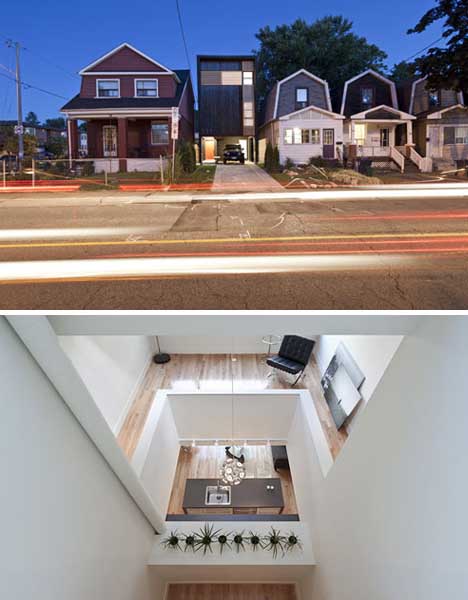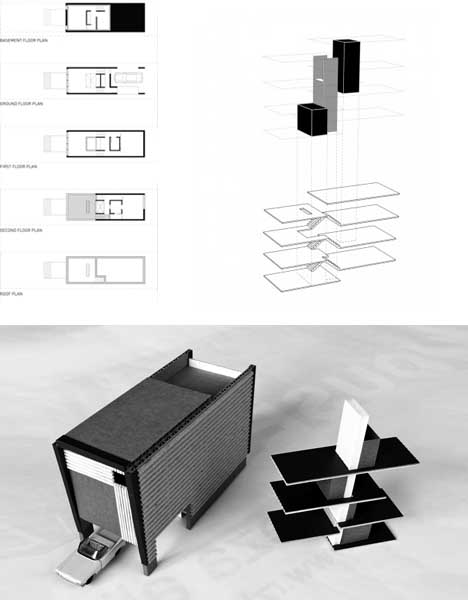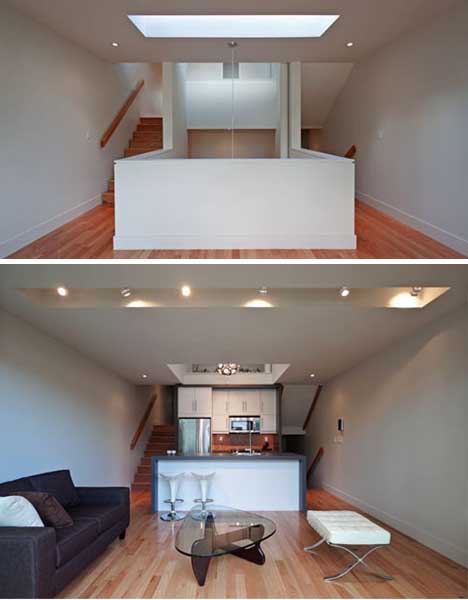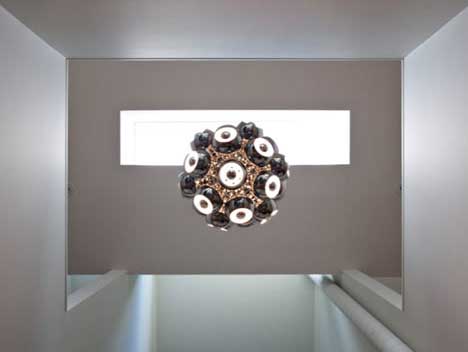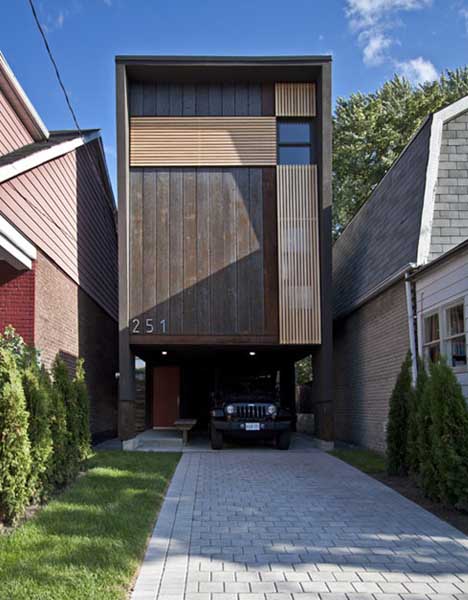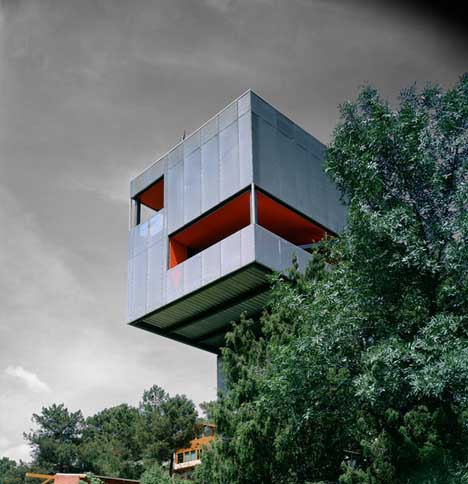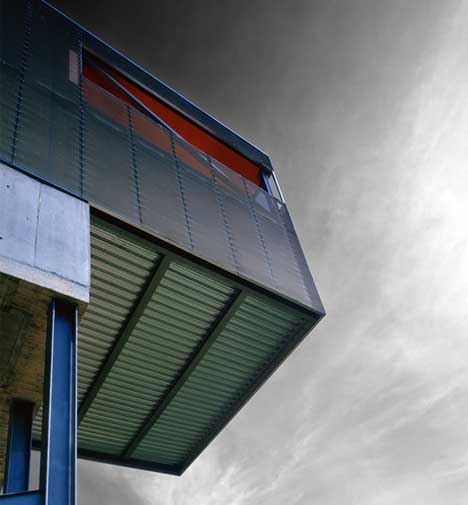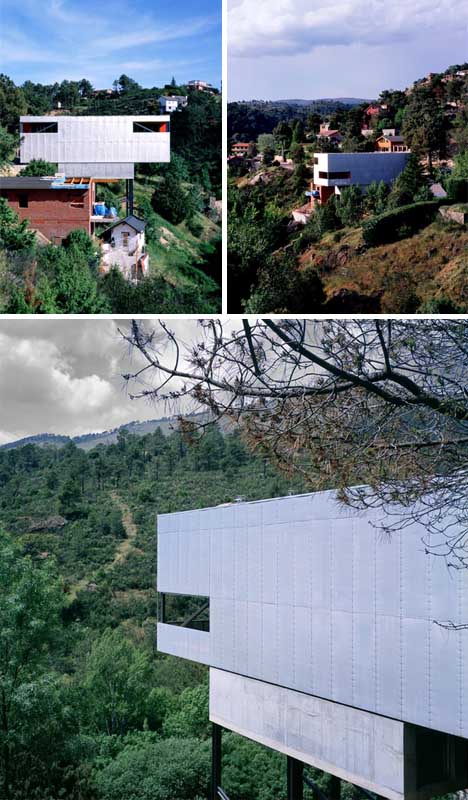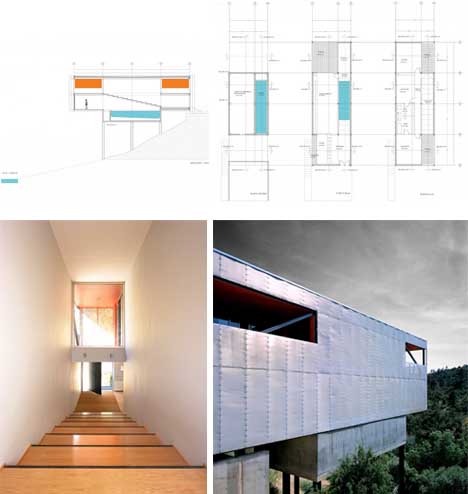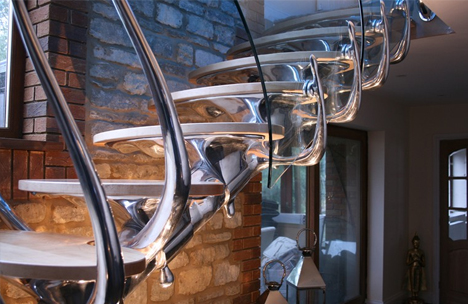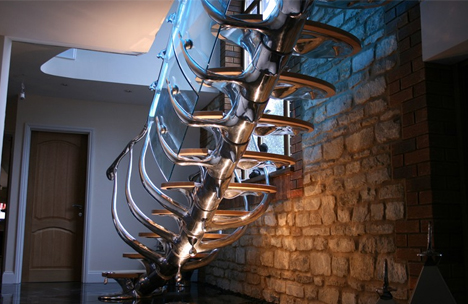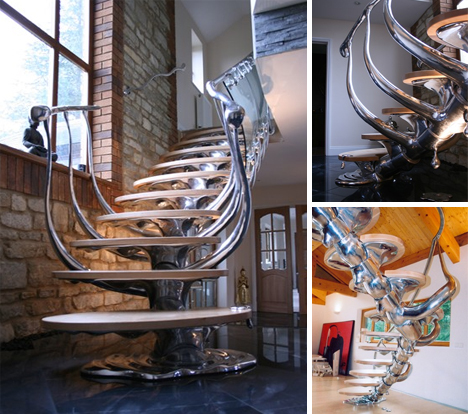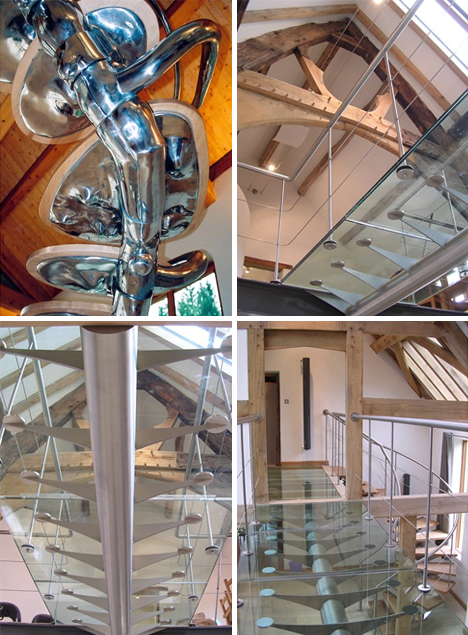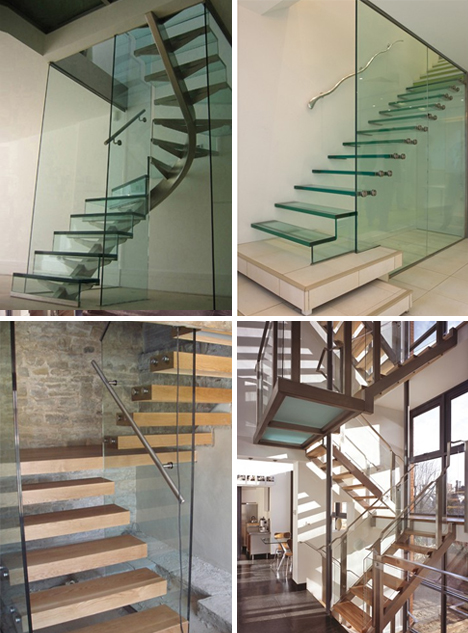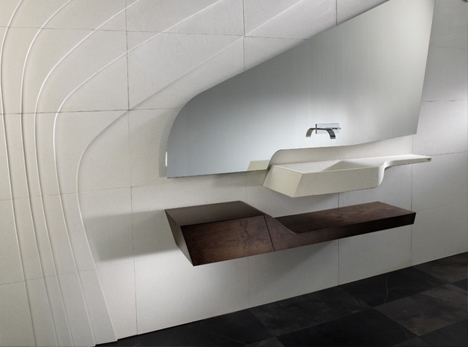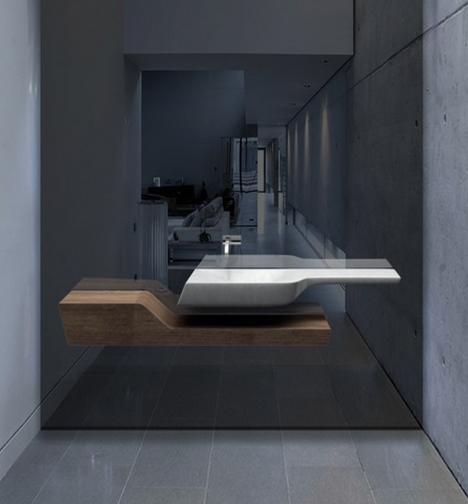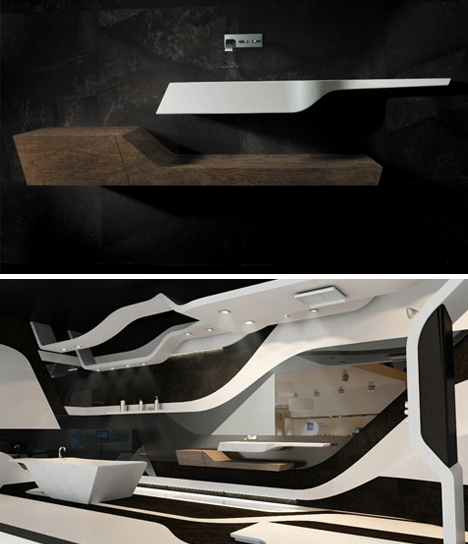 For most of my life, Christmas music was equated to work. As a music director, Christmas concerts were a big part of my job. I rarely listened to songs of the season for pleasure. Along with that is the issue, is that we have a couple of hundred songs getting played over and over and over again, like some demented Santa’s top 40. There are a handful of “must have” disks to tone down the chaos of family dinners, or serenade you during the opening of the presents.
For most of my life, Christmas music was equated to work. As a music director, Christmas concerts were a big part of my job. I rarely listened to songs of the season for pleasure. Along with that is the issue, is that we have a couple of hundred songs getting played over and over and over again, like some demented Santa’s top 40. There are a handful of “must have” disks to tone down the chaos of family dinners, or serenade you during the opening of the presents.
Welcome Diana Krall to this mix. The smoothest voice in jazz hasn’t been a complete stranger to the holiday verse, releasing “Have Yourself a Merry Little Christmas” and “Jingle Bells” for past compilations. These merely hinted at what was to come from this entrancing songbird. Diana Krall takes on the classics with Christmas Songs. It’s a set that dances between the joyously upbeat (“Frosty the Snowman”) and songs of quiet contemplation (“Christmas Time is Here”). It seems to capture the ebb and flow of the season, wrapped in its tempo changes.
Krall has always been known for her crystal clear pipes, and they’ve never been quite so invigorating as with this collection. It is as if that infectious spirit of the season got her drunk on egg nog and had its merry way with her. The opening track “Jingle Bells” is a perfect example. The horns bob and weave as Krall’s voice punctuates the crescendos, flowing with passion and vigor. She’s just caught up in the rhythm, adding the decorative bow on the end “I’m just crazy about horses.”
The Clayton-Hamilton Jazz Orchestra accompanies her, and man… do they come to play. They add the kick and charisma to gas up these tunes. Just as importantly, they know their place — backing Diana. Other Christmas albums just completely forget to grab hold of the reins, and the big band just somersaults out of control, bleeding over everything.
Krall has selected a classic set that include all our sentimental favorites without getting a wild hair to take chances with the material. It’s Christmas. We want those familiar favorites we sang carols to as children and listened to those nights when Christmas Eve grew old. Whether it’s “The Christmas Song” or “I’ll Be There for Christmas,” Diana captures all the magic of a child breathlessly waiting for Santa and a family setting aside their differences and bridging the miles that separate them, to come together as one.
The only casualties of this collection await us in the disk’s closing moments. “Count Your Blessings (Instead of Sheep)” and “What Are You Doing New Year’s Eve” are fair tracks, buoyed by Diana’s effervescent vocal glow. They don’t necessarily detract from this collection, but sit as fat on the Butterball turkey that could have been trimmed. Her two shining moments are “Christmas Time is Here” and “Have Yourself a Merry Little Christmas.” “Christmas Time,” or the Charlie Brown Song as it tends to be informally known, is quiet and poignant. It just seems to whisper to the night’s sky to lose its grip on the powdered snow while the fire rages from the hearth. It comes draped in that blanket of warm fuzzy feelings. “Have Yourself a Merry Little Christmas” starts out so intimate, Diana tiptoeing in with the piano. Then the band nuzzles up beside her, dressing her heartfelt plea. It’s a beautiful piece.
Diana Krall fulfills her tremendous promise that jazz aficionados have sensed was simmering in her for many moons. She’s given us reason to get giddy about Christmas music again, which is a pretty tall order.
